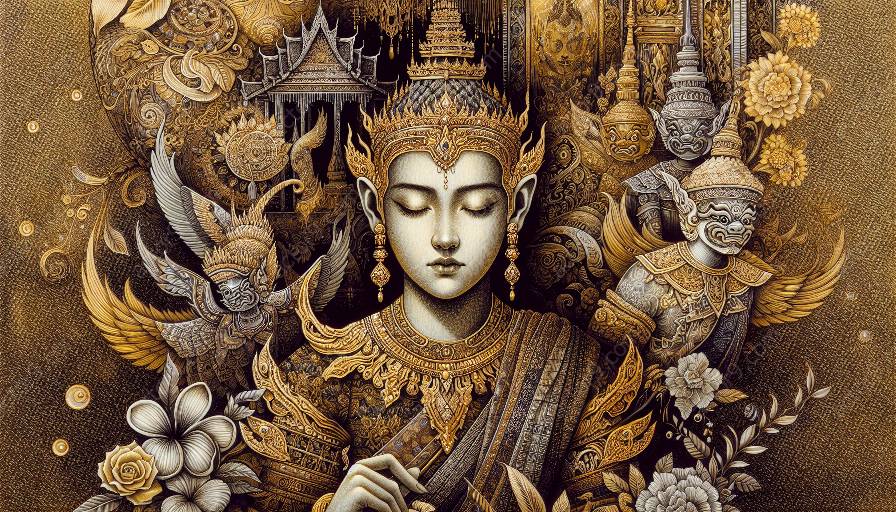The world of performing arts and voice acting is continually evolving, embracing new accents and dialects while honoring traditional forms of expression. This article delves into the future prospects and trends in accents and dialects in the performing arts, and their impact on voice actors.
Evolution of Accents and Dialects
Accents and dialects are integral to the rich tapestry of the performing arts. As societies evolve, so do the spoken languages and the subsequent accents and dialects that accompany them. From the traditional accents of Shakespearean plays to the modern-day implications of global cultural exchanges, the evolution of accents and dialects mirrors the changing landscape of the performing arts.
Influence on Creative Expression
Accents and dialects play a significant role in shaping the authenticity and believability of characters in the performing arts. Voice actors, in particular, are at the forefront of bringing these diverse linguistic nuances to life, infusing authenticity and depth into their performances. The ability to embody a wide range of accents and dialects is becoming increasingly valuable in the entertainment industry, opening up new opportunities for skilled voice actors.
Embracing Diversity and Inclusivity
The future of accents and dialects in the performing arts holds the promise of embracing diversity and inclusivity. As the world becomes more interconnected, the demand for authentic representation of various voices and cultures continues to grow. This trend presents an exciting opportunity for voice actors to showcase their versatility and sensitivity in portraying a wide array of accents and dialects, contributing to a more inclusive and representative artistic landscape.
Technological Advancements
Advancements in technology have revolutionized the way accents and dialects are studied and mastered. Voice actors now have access to a plethora of resources, including accent coaching software, speech analysis tools, and online courses tailored to specific regional dialects. These technological advancements are empowering voice actors to refine their skills and expand their repertoire, ultimately enhancing the authenticity of their performances.
Challenges and Opportunities
While the future of accents and dialects in the performing arts is promising, it also presents certain challenges. Voice actors must navigate the fine line between celebrating linguistic diversity and avoiding stereotypes or cultural misappropriation. Finding the balance between honoring authentic representation and avoiding perpetuating harmful stereotypes requires a nuanced and empathetic approach from voice actors and the performing arts industry as a whole.
The Path Ahead
As the performing arts continue to evolve, the future prospects and trends in accents and dialects are set to shape the artistic landscape in profound ways. Voice actors will be at the forefront of this evolution, leveraging their skills to bring diverse accents and dialects to the forefront of creative expression. By embracing technological advancements, promoting inclusivity, and navigating the complexities of cultural representation, voice actors are poised to play a pivotal role in the ever-changing world of accents and dialects in the performing arts.




























